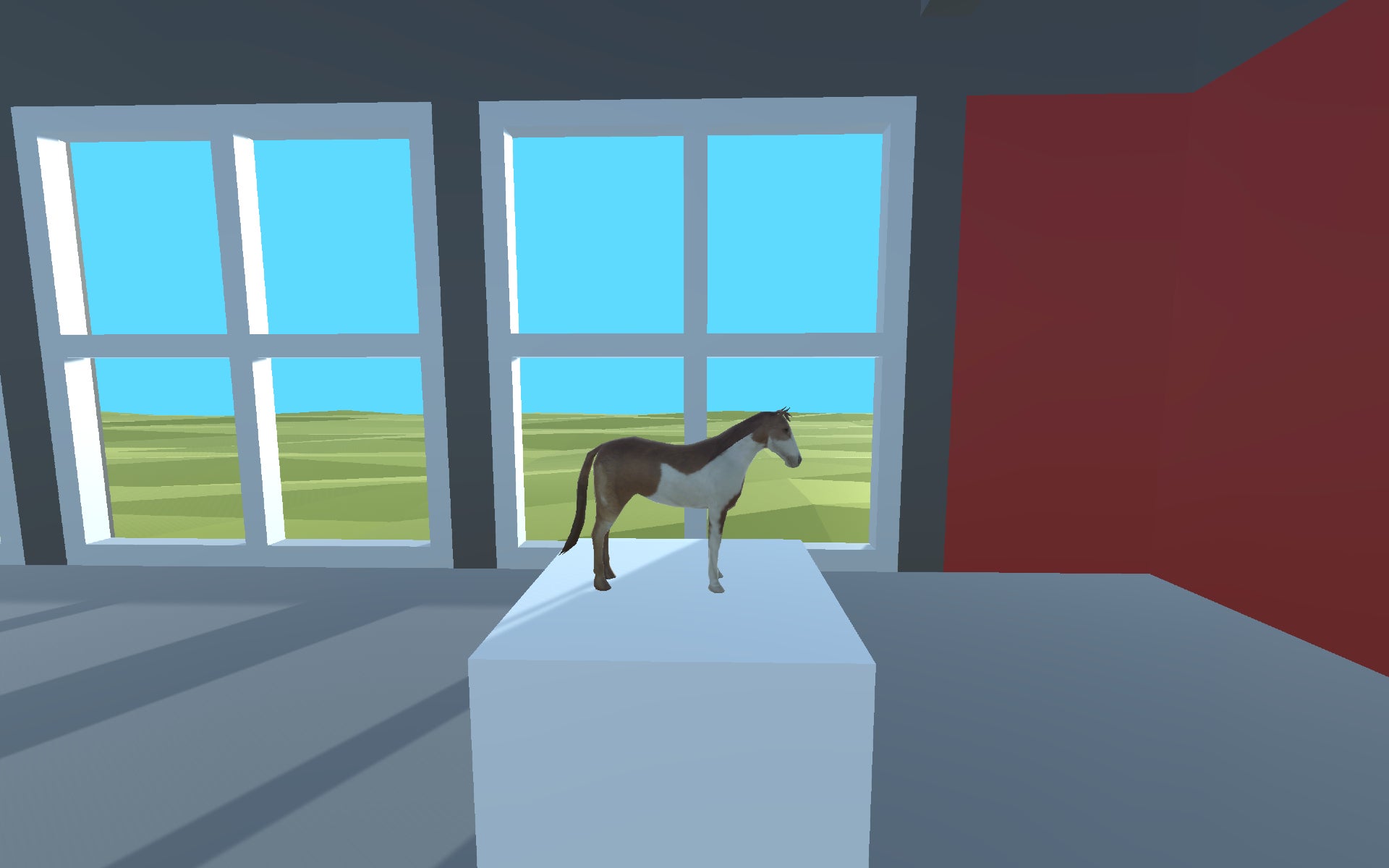“Now that I’m older and wiser,” Barr says on his website, “I’ve come to feel that hiding the objects was a bit too cute (I was thinking about the artist Gregor Schneider at the time, for what it’s worth) and that it would have been better to make the objects visible.” That’s exactly what Barr’s done, raising them to sit on top of the cubes they were formerly hidden inside. “That’s why the ‘2’ is raised,” he says. “GET IT???” Barr is a professor of computation arts at Concordia University in Montréal, Quebec. He had a rethink about the original v r 2 while presenting on the game at a conference called Museums Without Walls. “In doing so I was forced to constantly reassess the game and to try to justify my hiding of the objects in the cubes,” he says. “I couldn’t really justify it in the end (and admitted as much in my talk), then realised I could just make the game again!” I had a go at v r^2 and found it interesting enough. Visiting a gallery or museum is always entertaining partly thanks to the space the objects inhabit, like BioShock: The Collection’s Museum Of Orphaned Concepts. Barr’s efforts at exhibiting digital objects – he did it with water effects in 2017’s v r 3 – raise questions about the fleeting nature of games and the tools we use to make them. I’d be up for more gawping simulators like these. v r ^2 is out now, and you can play it for free in your browser here or download it from Github.
